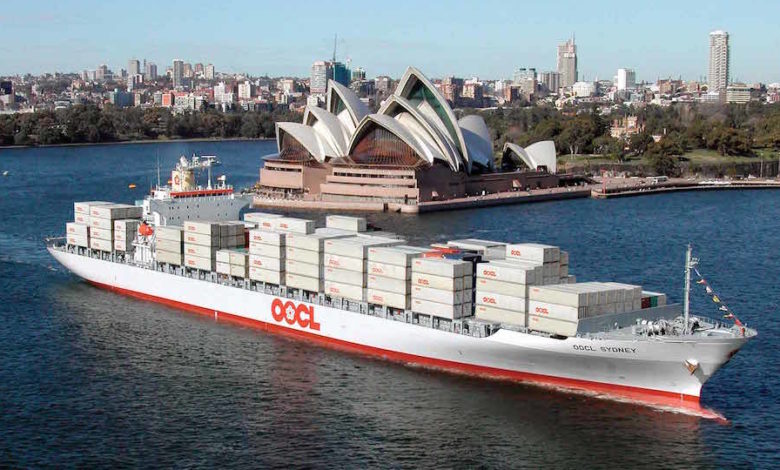Shippers Down Under hit especially hard during container shipping’s great bull-run

Long-term rates are “through the roof” for trades into New Zealand and Australia, with some contracts up over 400% since 2019, new data from box rate platform Xeneta shows.
The latest numbers highlight a huge jump in the cost of long-term ocean freight rates into Australasia, with all main routes more than twice as expensive as this time last year. Meanwhile, increases since July 2019 threaten to “rewrite industry record books”, according to Xeneta’s chief analyst Peter Sand.
“The global market for container shipping is in overdrive, much to the pain of shippers and adding to the huge profits of our leading carriers,” Sand commented. “Nowhere is this more obvious that with the chief trades – from China, Southeast Asia and Northern Europe – into Australia and New Zealand.
“Although the data on our platform shows a stabilisation of average rates for long-term agreements in recent months, the fact that they’re replacing older ones at much, much lower levels mean the average for all valid contracts has been pushed through the roof for many already cash-strapped shippers.”
Xeneta’s data shows that despite falling import volumes over the first five months of the year – down 7.6% into Australia and 13.5% to New Zealand – rates are at record highs. The biggest trade into the region, from the Far East, illustrates this, with the average long-term rate on July 1 standing at $7,600 per feu. This is more than twice July 2021’s figure, and a huge 375% up against July 2019.
However, the largest percentage surge has been seen in agreements from Southeast Asia, which are up more than 420% since summer 2019 standing currently at $7,800 per feu, a climb of $6,300 over the last three years. In the last year alone, the average for long-term contracts has shot up by close to $5 000 per feu, making this the corridor with the largest annual increase.
Finally, long-term rates from North Europe are the most expensive of the main trades – and the only ones above $8,000 per feu – having risen 160% since July last year. This is despite the fact volumes here have fallen 4.2% year-on-year in the first five months of 2022.
“It’s tough out there and, from what we can see here, especially for those shippers with their sights set on these key Australasian markets,” Sand concluded.

What really is the impact to the consumer ? Almost nothing at all.
News articles speaking about 400% increase of a rate of US$ 5,000 an FEU may make for great reading, however, what is the true impact of this increase, and is the consumer grievously and irreparably hurt.
Anyone who knows how algorithm’s in web based content products work will tell you that far less attention is spent on a positive post than a negative one, and hence, it is negative posts that are moved up by the algorithm, and by being promoted will get still more attention.
So lets look at this realistically assuming a 20′ containers stows 20,000 Kg and a 40′ container stows 25,000 Kg, and you will find that the increase in cost on a US$ 75 pair of Levi’s is only ……….hold your breath…………0.067 cents. That is right. And it has increased from the princely sum of USD 0.022 cents per pair of 354 grams each.
In perspective place the contributing impact caused by the Ukraine crisis, the increase in oil prices, the devaluation of currency, the huge increase in marine fuel, the 10 fold increase in charter costs, etc.